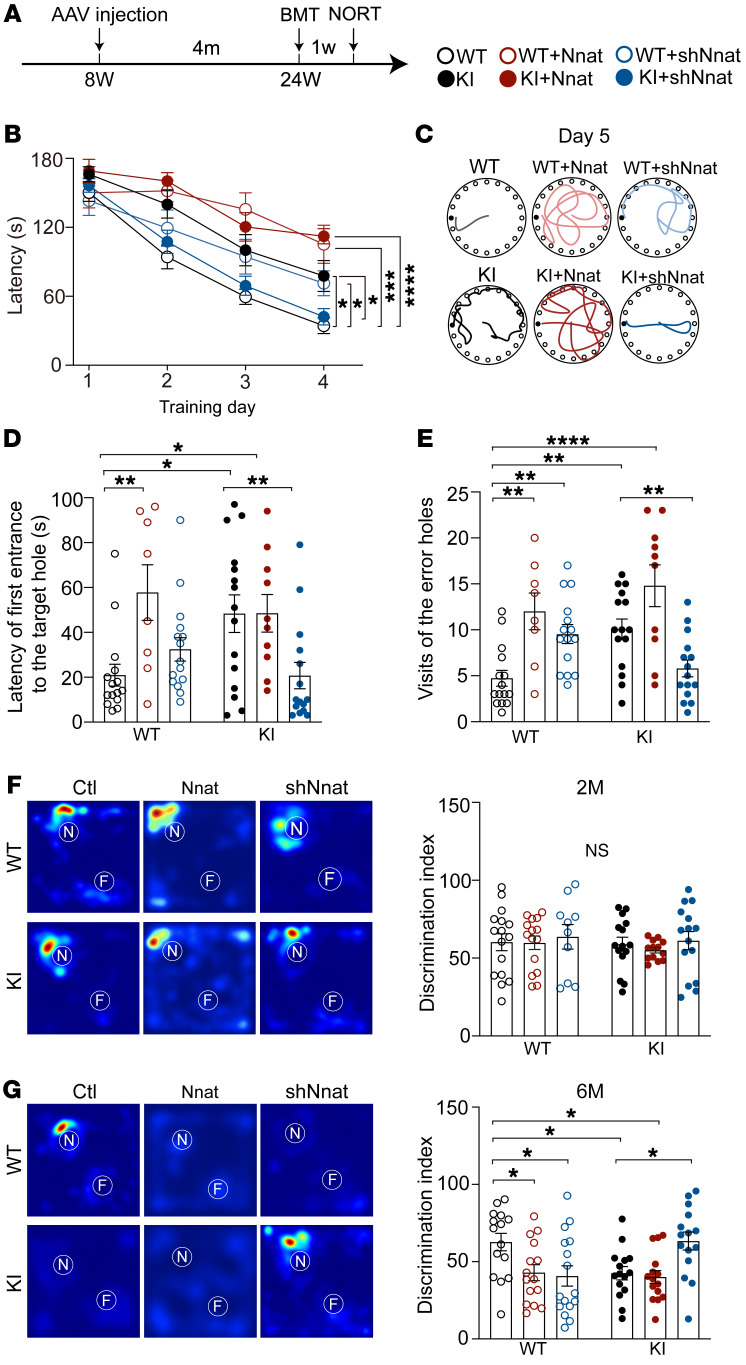Figure 7. Inhibition of Nnat rescues behavioral deficits in spatial and object cognition.
(A) Schematic of experimental design. Viral injections were given to 8-week-old mice, and BMTs and NORT (same as Figure 5A) were performed after 4 months. (B) For the BMT, latency to the target hole was recorded. n = 8 mice for Nnat-overexpressed WT group; n = 10 mice for Nnat-overexpressed KI group; n = 15 mice for other 4 groups. (C) Representative images of exploring paths of different groups on day 5. (D and E) Latency to the target hole and the number of visits of the error holes on day 5. n = 8 mice for Nnat-overexpressed WT group; n = 10 mice for Nnat-overexpressed KI group; n = 15 mice for other 4 groups. (F) Left: representative heatmaps from 6 independent experiments with similar results depicting time of object exploration. White circles represent the location of novel objects (N) and familiar objects (F). Right: 2-month-old mice showed no significant differences in discrimination index in the NORT. n = 16 mice for WT control group; n = 10 mice for WT mice treated with shNnat; n = 13 mice for Nnat-overexpressed KI group; n = 15 mice for other 3 groups. For experiment process, also see Figure 5A. (G) Left: representative heatmaps from 4 independent experiments depicting time of object exploration. White circles represent the location of novel objects and familiar objects. Right: discrimination index of 6-month-old mice in the NORT. n = 16 mice for WT mice treated with shNnat group; n = 15 mice for each group. Data are represented as mean ± SEM. *P < 0.05; **P < 0.01; ****P < 0.0001, 2-way ANOVA, Tukey’s test.

